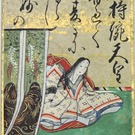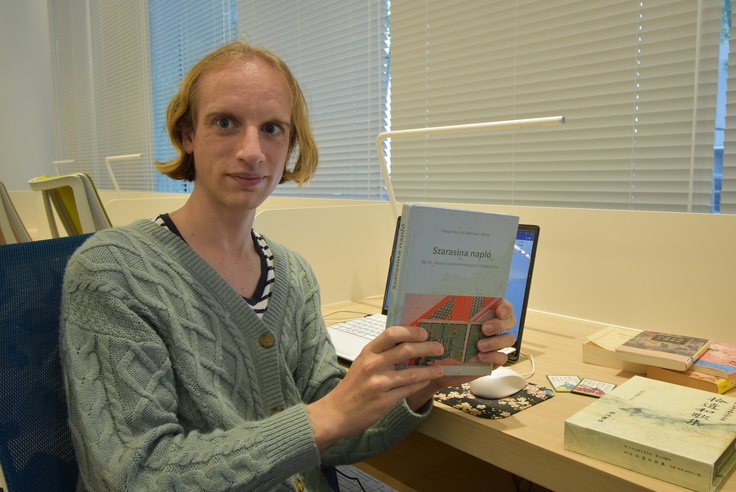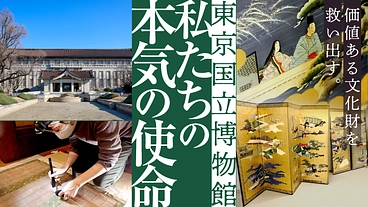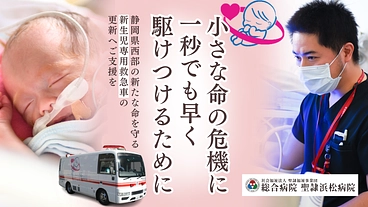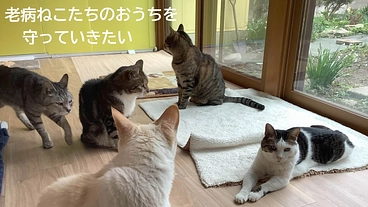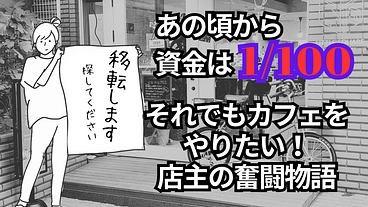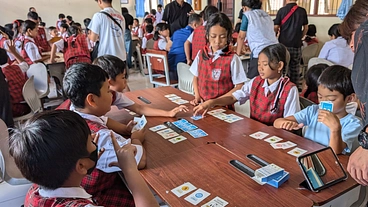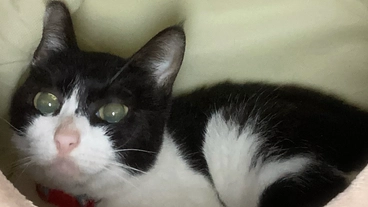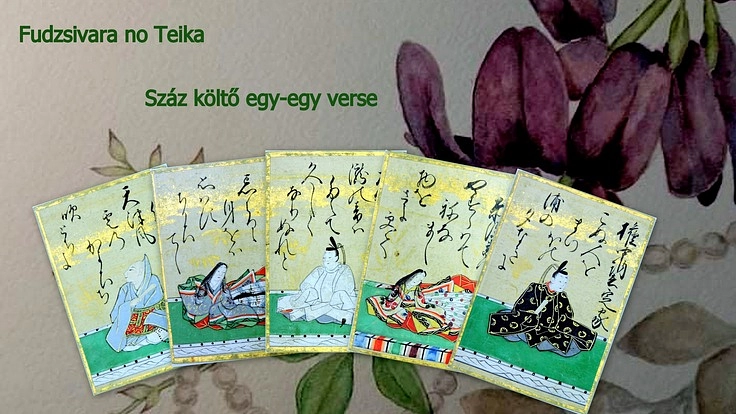
支援総額
目標金額 830,000円
- 支援者
- 83人
- 募集終了日
- 2022年3月14日
About our project
We have started this project to fund the publication of the Hungarian translation of Hyakunin Isshu, a Japanese waka anthology from the Heian-period. The translation is finished, the Publisher has already approved it, but we need to pay the expenses on our own. We kindly ask for your support!
About the translators
Aron Fittler
After majoring in Hungarian and Japanese language and Literature in Hungary, Fittler came to live in Japan in 2011. She gained a master’s degree in 2013, and a PhD in Japanese Language and Culture at Osaka University. Currently she is an assistant professor at Waseda University, mainly focusing on the research and translation of Classical Japanese Poetry. As the founder of the research group, Sekai no naka no waka, she is playing a leading role in connecting the researchers and translators of Classical Japanese literature.
Orsolya Karolyi
Karolyi was studying Japanese language and Culture in Hungary, and founded the first Hungarian Competitive Karuta Association. After moving to Japan in 2015, her research was mainly centered around Hyakunin Isshu and waka poetry. She held lectures on Hyakunin Isshu in Hungary and France, helping to disseminate the anthology. She obtained her PhD in Japanese Language and Culture at Doshisha Women's College of Liberal Arts in 2019. She met with Fittler in 2015, and they decided to make an annotated translation of Hyakunin Isshu together.
Cover design
The cover was designed by Australian artist, Monika Viktoria. Both the front and back cover illustrations were inspired by poems from the anthology.
Front cover
Back cover
About waka poetry
Some may associate Waka Poetry with old, incomprehensible literature. But the more familiar you are with them, you realize these short poems are beautifully worded intimate messages between people. We can find miniaturized versions of landscapes, and feel the subtle change of nature and sense the passing of time by reading them. Take the poem by Ki no Tsurayuki about how we cannot know the change of hearts of others. Wouldn’t you agree this sounds like a familiar feeling? Waka poetry is more than old messages between people of bygone times. We can also read them as messages for those of us living in the modern world. In Hyakunin Isshu, and other waka poetry, we can find poems that describe the same feelings anyone from the 21st century could empathize with. Regardless of the readers’ age or country, these feelings are universally relatable. We believe that our readers’ world will be broadened by this sublime stream called waka, flowing through ages and across borders.
How did the translators meet with waka poetry?
Fittler: I learned about Classical Japanese Literature in highschool. I was fascinated by the beautiful sound and the detailed nature descriptions. I was also amazed by how female poets were active already around the 8th-13th century, and how precisely they were depicting emotions. At university, I deepened my knowledge of Classical Japanese language and literature. At Osaka University, my main research topic was Sarashina Nikki. After that, I focused on female poets and the characteristics of their Buddhist poetry, and wrote my doctoral thesis on this topic too.
I wanted the next generations to know about this beautiful world of poetry, too. So after finishing graduate school, I started to teach waka literature to foreign and Japanese students. I have been interested in translation since my university years, and have been translating waka poetry for about ten years now. I published the Hungarian translation of Sarashina Nikki in 2018, a long-adored dream. It’s not easy to introduce Classical Japanese Literature to Western readers, as it is far both in time and culturally, but I want to make it happen with the help of my research and translation.
Karolyi: I was majoring in Japanese Language and Culture during College. We were translating folk tales in one of my classes, that's where I fell in love with Japanese Literature.When I visited Japan for a short term scholarship and asked for some folktale-related recommendations, I was handed a book about Konjaku Monogatarishū, an anthology of tales compiled in the Kamakura period. I wrote my graduation thesis and master’s thesis about this anthology. I met with waka poetry during my first year of my masters’ course, when one of our professors used Hyakunin Isshu to teach us about classical grammar. He also talked about karuta, a card game played with the poems of Hyakunin Isshu. I said to myself: This is a game I can’t play unless I know all hundred of these poems by heart, wow! So I founded a karuta club at our College, and began translating the poems and posting them to a blog I was writing with a fellow student. I feel so much fun and joy when researching the poems, and my main purpose is to share this passion with the students when I teach about Hyakunin Isshu. I want everyone to find joy in Classical Literature, whether it’s a tale or a poem.
The importance of translating waka poetry
“When I am asked about the importance of translating waka poetry, I always think of Ukiyo-e paintings. In the 19.th century Ukiyoe paintings were a form of art easily accessible for common people. When Western travelers visited Japan, they brought back these paintings to their own countries. Those paintings are still cared for in museum collections, and have inspired many Western artists. This plays a huge role in preserving Ukiyo-e paintings for the coming generations. I really hope translations can play the same role. But also, I think there is a more simple reason that translating Classical Japanese Literature is important: it’s fun and interesting! We shouldn’t keep these fun and interesting pieces of art to ourselves, but share it widely with everyone.” (Karolyi)
Japanese Language and Culture in Hungary
Hungary is a small country in the middle of Europe. Official relations between Japan and Hungary started in 1869, and 2019 marked the 150th anniversary. During this time many people got interested in Japanese Culture for a variety of reasons. Even though there isn’t much, a wide variety of literature genres were translated into Hungarian. One of the most popular, Haiku, has been used to compose poetry in Hungarian. Martial arts, such as Karate, Jūdō, and Kendō are also well liked. “I can recall my little brother attending karate practice at elementary school, when I myself had almost no knowledge of Japan at all. Anime is very popular, too. The Hungarian anime magazine, MONDO, organizes anime and Japanese cultural events. There are also so-called ‘Japanese Days’ events, where a variety of Japanese culture is introduced to the public. I used to present karuta at these events when I was still living in Hungary.” (Karolyi)
The reception of Classical Japanese Literature in Hungary
Although the majority are re-translations from other languages such as English and German, we can find translations of Classical Japanese Literature in Hungary from the early 20th century. Genji Monogatari found popularity amongst the readers with it’s subtle psychological descriptions, and Fittler’s translation of Sarashina Nikki also received positive reviews for being a literary work written by a woman from as early as the 11th century. The unique style of mixing waka poetry with prose also found praise. In Western Literature, the combination of poems and autobiography is not as common, but in the Heian period, where waka was a form of communication, including them as the center of a narrative was natural. As for waka poetry -just as haiku- it is mainly praised for including a wide range of emotions and information in such a short poem. The poems that gained the most popularity are usually on the universal topic of impermanence and love.
What makes our translation special?
Although there are some works of Classical Japanese Literature that have been translated into Hungarian, including some that describe the key elements of the work to the reader, their numbers are still low. We have not only translated Japan’s most popular waka anthology, but included a detailed annotation of each poem, as well as pictures of the mentioned places, animals and plants. Portraits of the poets made in the 1700’s helps the reader connect with the authors of the poems. These were kindly provided by professor Yoshikai Naoto, whom we have received a lot of support from.
リターン
2,000円

感謝のメール
ご支援いただいた方に感謝のメールをお送りします。
- 申込数
- 8
- 在庫数
- 制限なし
- 発送完了予定月
- 2022年7月
5,000円

感謝のメールと報告書
百人一首のハンガリー語訳出版後に以下をお送りします。
●感謝のメール
●報告書
- 申込数
- 32
- 在庫数
- 制限なし
- 発送完了予定月
- 2022年7月
2,000円

感謝のメール
ご支援いただいた方に感謝のメールをお送りします。
- 申込数
- 8
- 在庫数
- 制限なし
- 発送完了予定月
- 2022年7月
5,000円

感謝のメールと報告書
百人一首のハンガリー語訳出版後に以下をお送りします。
●感謝のメール
●報告書
- 申込数
- 32
- 在庫数
- 制限なし
- 発送完了予定月
- 2022年7月
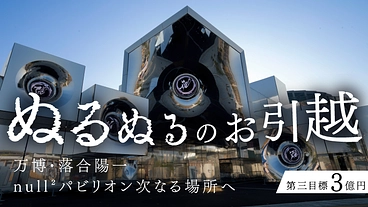
ぬるぬるのお引越|万博・落合陽一 null²パビリオン次なる場所へ
#ものづくり
- 現在
- 223,538,300円
- 支援者
- 13,092人
- 残り
- 28日

【継続寄付】DD51技術支援・鉄道を通した日タイ友好活動を続けたい
- 総計
- 64人
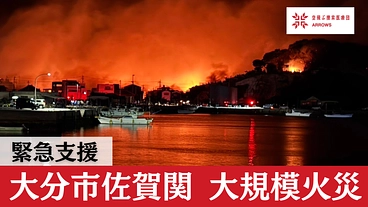
【緊急支援|大分市 大規模火災へのご支援を】
#医療・福祉
- 現在
- 4,766,000円
- 寄付者
- 521人
- 残り
- 40日
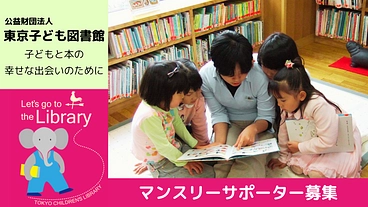
東京子ども図書館サポーター募集|子どもと本の幸せな出会いのために!
- 総計
- 8人
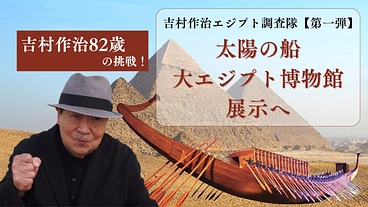
吉村作治エジプト調査隊 太陽の船 大エジプト博物館展示へ【第一弾】
- 現在
- 6,015,000円
- 支援者
- 160人
- 残り
- 66日
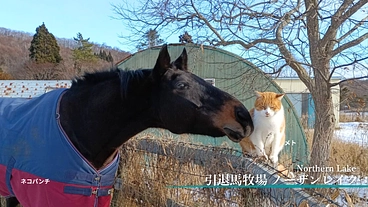
1頭1頭と向き合い続けるために。引退馬たちに安心安全な新厩舎建設へ
- 現在
- 74,041,000円
- 支援者
- 6,397人
- 残り
- 31日
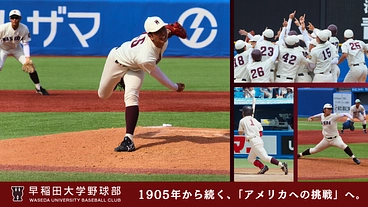
早稲田大学野球部 世界へ!アメリカ名門大学と究める文武両道への挑戦
- 現在
- 12,107,000円
- 寄付者
- 343人
- 残り
- 17日
ゴミ拾いを楽しく!子どもたちにオリジナルリアカーを贈りたい
- 支援総額
- 65,000円
- 支援者
- 7人
- 終了日
- 4/30
コロナ禍で中止!世界で唯一の”男子チア大会”を緊急支援!
- 支援総額
- 1,100,500円
- 支援者
- 106人
- 終了日
- 8/31
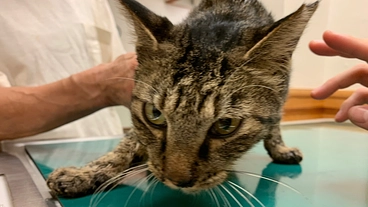
交通事故にあった野良猫ちゃんにご飯を自力で食べさせてあげたい
- 支援総額
- 302,380円
- 支援者
- 71人
- 終了日
- 1/16
この子を助けて!!猫伝染性腹膜炎(FIP)と闘う子猫のラグちゃん
- 支援総額
- 1,226,000円
- 支援者
- 212人
- 終了日
- 1/10
旅館をテイクアウトご自宅は温泉旅館 ~旅館 極み鍋セット~
- 支援総額
- 0円
- 支援者
- 0人
- 終了日
- 6/10
Fashion Show 『fetishism』
- 支援総額
- 154,500円
- 支援者
- 28人
- 終了日
- 11/19

救急外来の受診が必要な人を見逃さないために
- 支援総額
- 0円
- 支援者
- 0人
- 終了日
- 11/30
